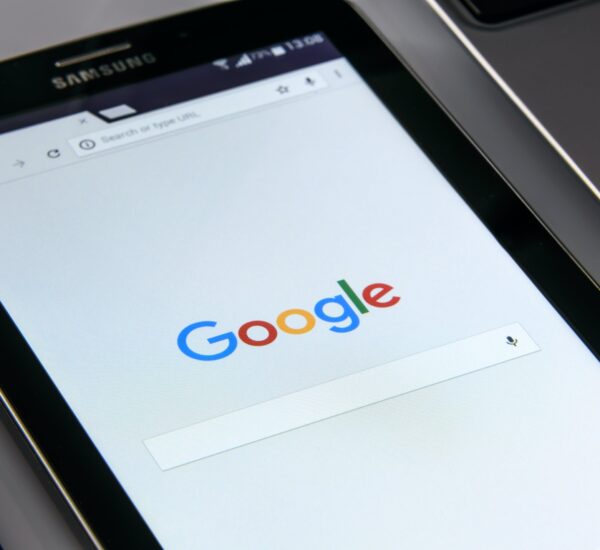In this day and age, we turn to our phones to find our answers quickly and to problem solve. This is anything from directions, opening times, shopping, cinema listings and even ordering food. I even find myself thinking ‘let me just quickly check online’ when I can be part way through a sentence or a question before trying to think of the answer myself. Our need for instant information is a common occurrence because we live in a world where quick responses are required. The Dscout research on uk.businessinsider.com found that average users spent 145 minutes on their phones and engaged in 76 phone sessions per day. This includes checking the time, even when wearing a watch.
Before the vast amount of technology that we have access to today, we had to use resources such as newspapers, road maps or physically checking that shops are open. Now we have more choice (online and offline) than ever to learn, research, make decisions, accomplish tasks and even set future goals through our smart devices.
It’s now efficient enough for us to just type in to a search engine what we need to find out and get a response within a few seconds.
A research company called Purchased have posted findings from a research study that they performed. They asked 1,000 smartphone users to take a quick poll several times a day for a week to tell them what kinds of needs they had throughout the day and the actions they took to meet them.
In 2016, the number of smartphone users worldwide wass predicted to surpass 2 billion, according to figures released last year by the Telegraph. To put this into perspective, this figure represents over a quarter of the global population. This is expected to rise to 2.56 billion by 2018, a third of the world’s population.
Many brands use search to make an impression early and get into the consideration set when people are starting to form opinions. Both online and offline, people have more options to meet their needs as searching is their lifeline.
We rely on our phones to help us make the best decisions when making a purchase. 70% of smartphone owners who physically bought something offline first turned to their devices for information relevant to that purchase. This could include price comparing, specification overview and user reviews. However, when people search on their mobile then there is a 92% chance of a related purchase being made.
Below is a graph of Actions That Most Commonly Preceded a Purchase:
How do we use our smartphones long term?
As much as we like to use our phones for instant results they also benefit us massively when it comes to long term use. Apps such as 365 Days and Countdown Widget can be installed to show how many days, hours and minutes remain up until an event, holiday or a milestone. Budgeting apps have become more popular with consumers being more careful with their spending. Apps such as Pinterest are perfect for home renovation/inspiration. These enable a longer term use as these results aren’t as instant as searching, shopping or streaming.






